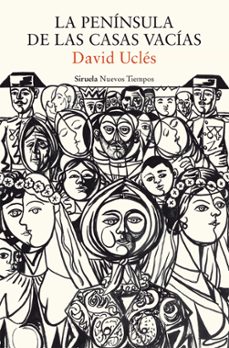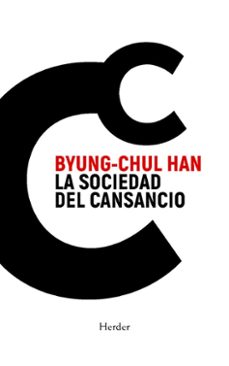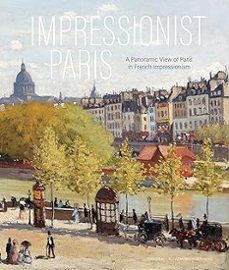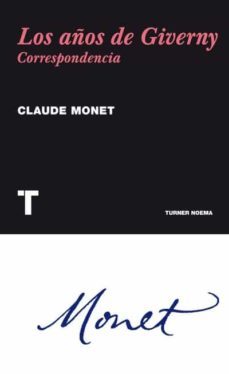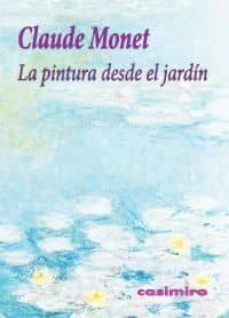Imprescindibles
Más vendidos Libros más leídos eBooks más leídos Todos los libros Todos los libros Autores destacados Series y sagas
Recomendados Libros recomendados Autores destacados Libros que inspiran Vidas con historia LGTBIQ+ English books
Ficción
Literatura Contemporánea Estudios literarios Clásicos Cuentos Poesía Teatro Libros de bolsillo Sagas literarias
Géneros literarios Novela romántica y erótica Novela negra Novela histórica Narrativa fantástica Novela de ciencia ficción Novela de terror Narrativa de humor Narrativa de viajes
No Ficción
Ciencias y tecnología Biología Ciencias Ciencias naturales Divulgación científica Informática Ingeniería Matemáticas Medicina Salud y dietas Formación Idiomas Estilo de vida Libros de Cocina Guías de viaje Narrativa de viajes Deportes Libros de Juegos Manualidades
Humanidades Autoayuda y espiritualidad Ciencias humanas Derecho Economía y Empresa Psicología y Pedagogía Filosofía Sociología Filología Biblioteconomía Estudios filológicos Estudios lingüísticos Estudios literarios Historia y crítica de la Literatura
Infantil
Juvenil
#Jóvenes lectores Narrativa juvenil Clásicos adaptados Libros Wattpad Libros Booktok Libros de influencers Libros de Youtubers Libros Spicy Juveniles Libros LGTBIQ+ Temas sociales Libros ciencia ficción Libros de acción y aventura Cómic y Manga Juvenil Cómic Juvenil Manga Shonen Manga Shojo Autores destacados Jennifer L. Armentrout Eloy Moreno Nerea Llanes Hannah Nicole Maehrer
Libros de fantasía Cozy Fantasy Dark academia Hadas y Fae Romantasy Royal Fantasy Urban Fantasy Vampiros y hombres lobo Otros Misterio y terror Cozy mistery Policiaca Spooky Terror Thriller y suspense Otros
Libros románticos y de amor Dark Romance Clean Romance Cowboy Romance Mafia y amor Romance dramatico Romance dramatico Romcom Sport Romance Otros Clichés Enemies to Lovers Friends to Lovers Hermanastros Slow Burn Fake Dating Triángulo amoroso
Cómic y Manga
Novela gráfica Novela gráfica americana Novela gráfica europea Novela gráfica de otros países Personajes, series y sagas Series y sagas Star Wars Superhéroes Cómics DC Cómics Marvel Cómics otros superhéroes Cómics Valiant
eBooks
Literatura Contemporánea Narrativa fantástica Novela de ciencia ficción Novela de terror Novela histórica Novela negra Novela romántica y erótica Juvenil Más de 13 años Más de 15 años Infantil eBooks infantiles
Humanidades Autoayuda y espiritualidad Ciencias humanas Economía y Empresa Psicología y Pedagogía Filosofía Historia Historia de España Historia Universal Arte Cine Música Historia del arte
Ciencia y tecnología Ciencias naturales Divulgación científica Medicina Salud y dietas Filología Estudios lingüísticos Estudios literarios Historia y crítica de la Literatura Estilo de vida Cocina Guías de viaje Ocio y deportes
Claude Monet
Recibe novedades de CLAUDE MONET directamente en tu email
Filtros
Del 1 al 8 de 8
HANNIBAL BOOKS 9789464941401
"Magnificent publication on the depiction of Paris by the French impressionists such as Monet, Cassatt, Renoir and DegasIn 1867, Claude Monet painted three iconic views of Paris from the balcony of the Louvre, thus firing the starting shot of Impressionism. This book explores these groundbreaking works in detail, alongside a multitude of other Impressionist paintings and drawings.Experts from leading museums around the world show how Paul Cezanne, Gustave Caillebotte, Mary Cassatt and many others also depicted Paris in the midst of a radical transformation. Their artworks transport us to the birth of the French capital as a modern metropolis. They grant us entry to the theatres, parks and boulevards of Haussmanns Paris, where the bourgeoisie parade their new-found wealth. In a new world dominated by fashion and consumption, the graceful Parisienne emerges as the symbol of this vibrant world city. But behind the facade of light, beauty and romance, political unrest and revolution are in the air. This turbulent period is brought to life in this publication through original photographs, posters, letters and satirical prints.Published to accompany the exhibition New Paris: From Monet to Morisot at Kunstmuseum Den Haag from 15 February until 9 June 2025."
Ver más
Tapa dura
TURNER 9788415427070
A finales de 1883, el pintor Claude Monet se instala en la aldea francesa de Giverny. Allí vivió durante 43 años, creando a la vez que su obra pictórica esa obra de arte total que fue su jardín: flores, agua, puentes, caminos, arboles... tal como deseaba verlos y pintarlos. Monet fue un enamorado de la naturaleza, con una aguda sensibilidad hacia la luz, los efectos y las vistas que conseguia pintando "a plein air".Sus cartas, recopiladas y traducidas por primera vez al español, nos permiten asomarnos a la faceta mas intima de un artista que sufrio durante su vida la busqueda de la perfeccion, que gozo del amor, de la familia y de la amistad, que vivio con interes los asuntos de su tiempo, que viajo incansablemente buscando el paisaje ideal y que le narro su vida diaria a pintores como Renoir, Cezanne o Pissarro, a escritores como Zola y Mallarme, a su paternal agente Durand-Ruel, y sobre todo a su esposa Alice.
Ver más
eBook
CASIMIRO LIBROS 9788415715047
Glosa de las conversaciones mantenidas, en 1922 en su casa-jardín de Giverny, con el escritor, premio Goncourt, Marc Elder
Ver más
Tapa blanda
TURNER PUBLICACIONES S.L. 9788475069272
A finales de 1883, el pintor Claude Monet se instala en la aldea francesa de Giverny. Allí vivió durante 43 años, creando a la vez que su obra pictórica esa obra de arte total que fue su jardín. Sus cartas, recopiladas y traducidas por primera vez al español, nos acercan a la faceta mas intima de un artista que gozo del amor, que vivio con interes los asuntos de su tiempo y que narro su vida diaria a conocidos pintores y escritores.
Ver más
Tapa blanda
Del 1 al 8 de 8


![harry potter y el cáliz de fuego (harry potter [ediciones ilustra das interactivas] 4)-j.k. rowling-9788419868497](https://imagessl7.casadellibro.com/a/l/s5/97/9788419868497.webp)


